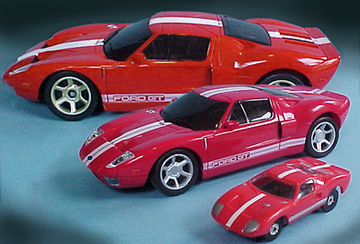Amalgam Collection
Brand
Amalgam Fine Model Cars produces model cars and yachts, for designers, manufacturers and high-end collectors worldwide. Their models are hand-made by a highly skilled team in very concise, limited editions.
They supply the majority of Formula 1 teams with large-scale models and replica steering wheels for presentation to VIPs and for the use of sponsors and team partners. Their models are displayed in the offices of team owners, managers and chief designers across the sport, as well as many F1 drivers. Beyond the race industry, they supply most of the world's prestige and high-performance car manufacturers. In most cases, these models are available to owners, personalized to match the exact specification of their real car.
Subject ID: 19984
MoreAmalgam Fine Model Cars produces model cars and yachts, for designers, manufacturers and high-end collectors worldwide. Their models are hand-made by a highly skilled team in very concise, limited editions.
They supply the majority of Formula 1 teams with large-scale models and replica steering wheels for presentation to VIPs and for the use of sponsors and team partners. Their models are displayed in the offices of team owners, managers and chief designers across the sport, as well as many F1 drivers. Beyond the race industry, they supply most of the world's prestige and high-performance car manufacturers. In most cases, these models are available to owners, personalized to match the exact specification of their real car.
Subject ID: 19984
Subject ID: 19984
